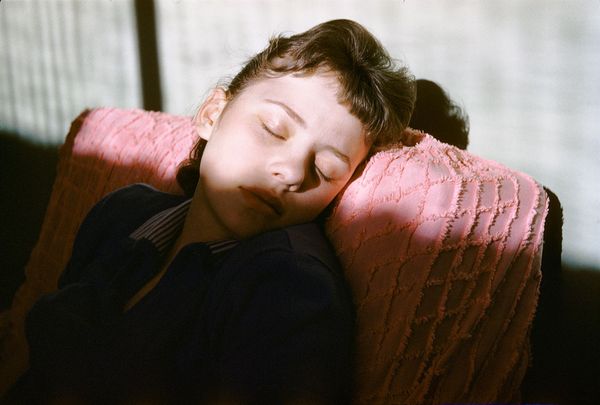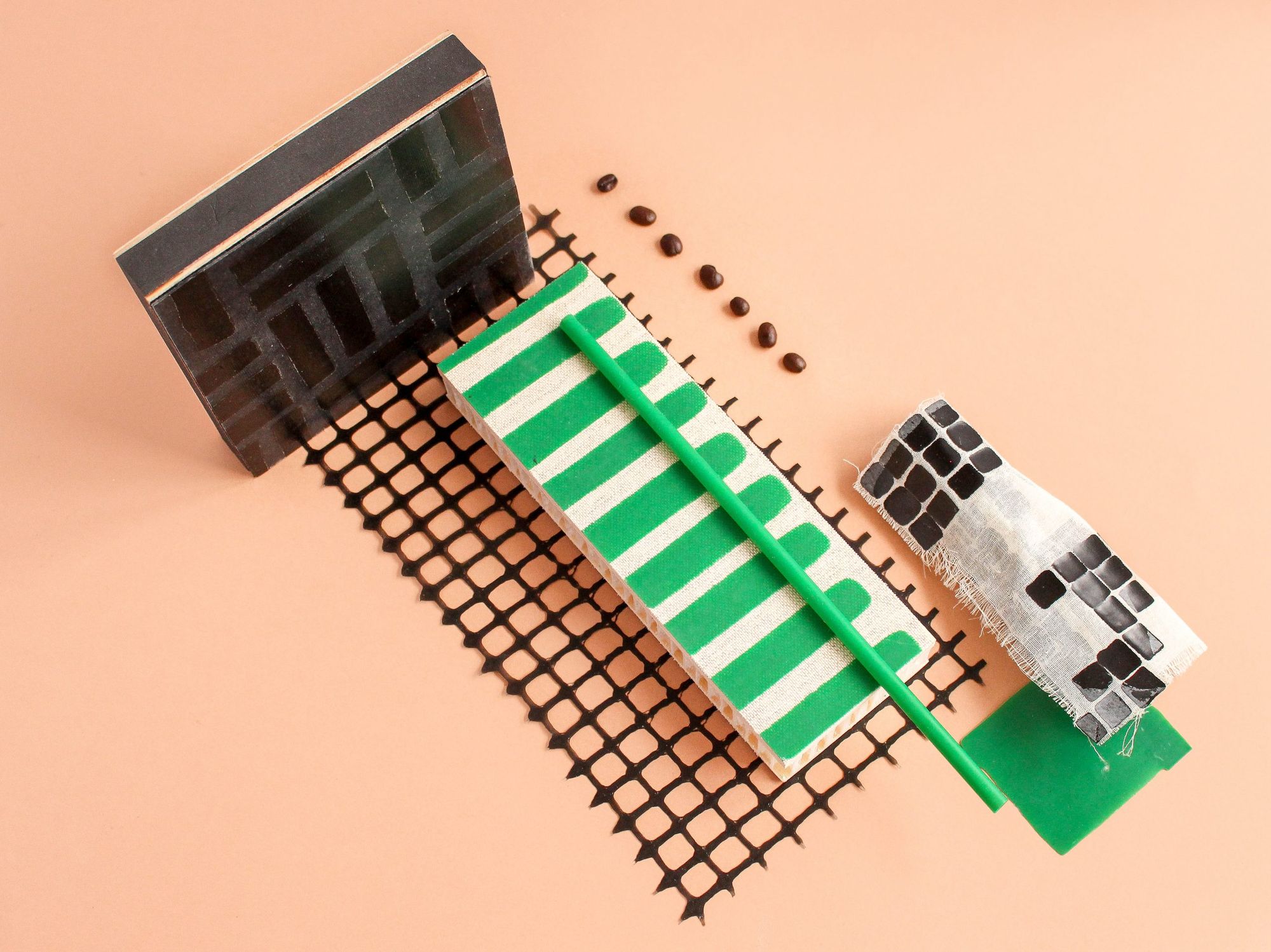Many single-use plastic objects will be removed from circulation from July 2021, with plastic straws being one of them, presumably. But what happens to the items already manufactured? How can we reuse them in a value-generating manner? Notjustuseless is looking to answer questions like these – we interviewed Katalin Huszár, the designer of the project.
Each and every project of Kata Huszár is driven by the meeting of materials and exciting material experiments. As a designer she responds to the changing circumstances of public life and environmental issues, and reinvents her works accordingly on a continuous basis. She is sensitive to social and ecological changes, as well as to the behavior and needs of users. Her project notjustuseless, which is an exciting material experiment and a way of mocking consumer society at the same time, aims to transform plastic straws into valuable materials. In her interview, Kata talked about previous projects, notjustuseless and her future plans, too.
You attended the textile design MA course at MOME if I’m correct. What path has led you through unique camera straps to plastic straws?
Before completing the textile design course at MOME, I obtained a BA diploma in leatherworking. My love for experimenting with forms originates here, and then it was complemented by playing with textures and surfaces at the MA course. In the first year of the master’s course, I focused on material manipulation, and within that the relationship between natural and synthetic materials – the duality of old and new. This is a dominant topic that has been prevalent in my work ever since. The unusual material combinations and the resulting contrast is what inspires me.
The idea of asUstrap came one night when I was talking to two photographer friends of mine, and it came up that in Hungary there was a shortage of good quality leather straps. I sewed a piece for both of them, and then I thought I could also do an entire brand for this. I already had many smaller leather pieces from my time at the leatherworking course, this is how asUstrap came to life.
With single-use plastics, including plastic straws, I experimented during an Erasmus semester. I ended up liking this path so much that even though it only started out as a diploma project, finally it grew out to be a startup-type of project.
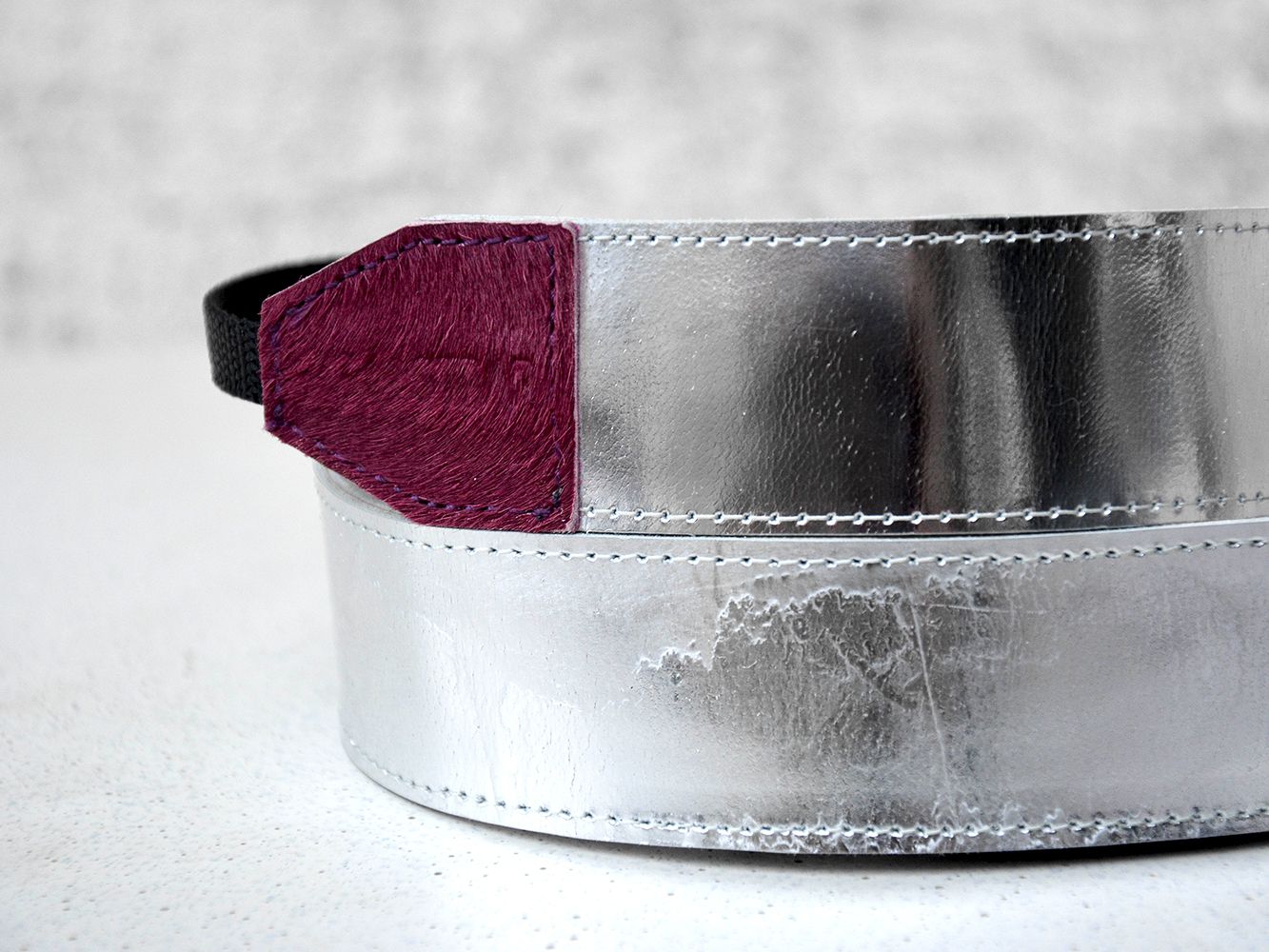
Your website says about your notjustuseless project that you were inspired by the streets of a Portuguese district covered in plastic straws to launch an initiative in which the plastic destined to be thrown out turns into something valuable with the cooperation of users. Could you tell us a bit about the phases of this process?
When I started working with single-use plastics, even though it seemed quite obvious, recycling was not in the focus. I was rather interested in how I can take these materials out of their original environment and place them into a new context in another form. One night in Lisbon’s Bairro Alto party district I was shocked to see the huge amounts of waste piled up during a night. This gave me the idea of installing containers building on the already existing collection system in which I could collect the materials necessary for design. For the cooperation I was looking for places where large amounts of plastic waste is generated each day. My idea was to follow the principles of the circular economy and to give back these materials as design objects designed for the interior of the given place. In the meantime, new rules and regulations were imposed in the field of single-use plastics, and so I reduced my concept: I collect the already manufactured but unused, characteristic straws, as well as industrial waste from large companies.
What do you make out of these?
In the case of notjustuseless the material is the product itself. Taking into consideration its interactive component, the collection container, I consider making decorative textiles the most powerful form of utilization. These can be table cloths, partition textiles, curtains or lamps for a given interior from where I collected the single-use materials. Sandwich panels were also made with the cooperation of Meshlin Zrt., our manufacturing partner in Győr, which can be of interest for furniture industry and interior design purposes. This is how the “ease” chair concept of notjustuseless was conceived, for example – this is a modular, lightweight furniture family that can also be used as a wall decoration element. We also made smaller objects like gymbags and bookmarks.

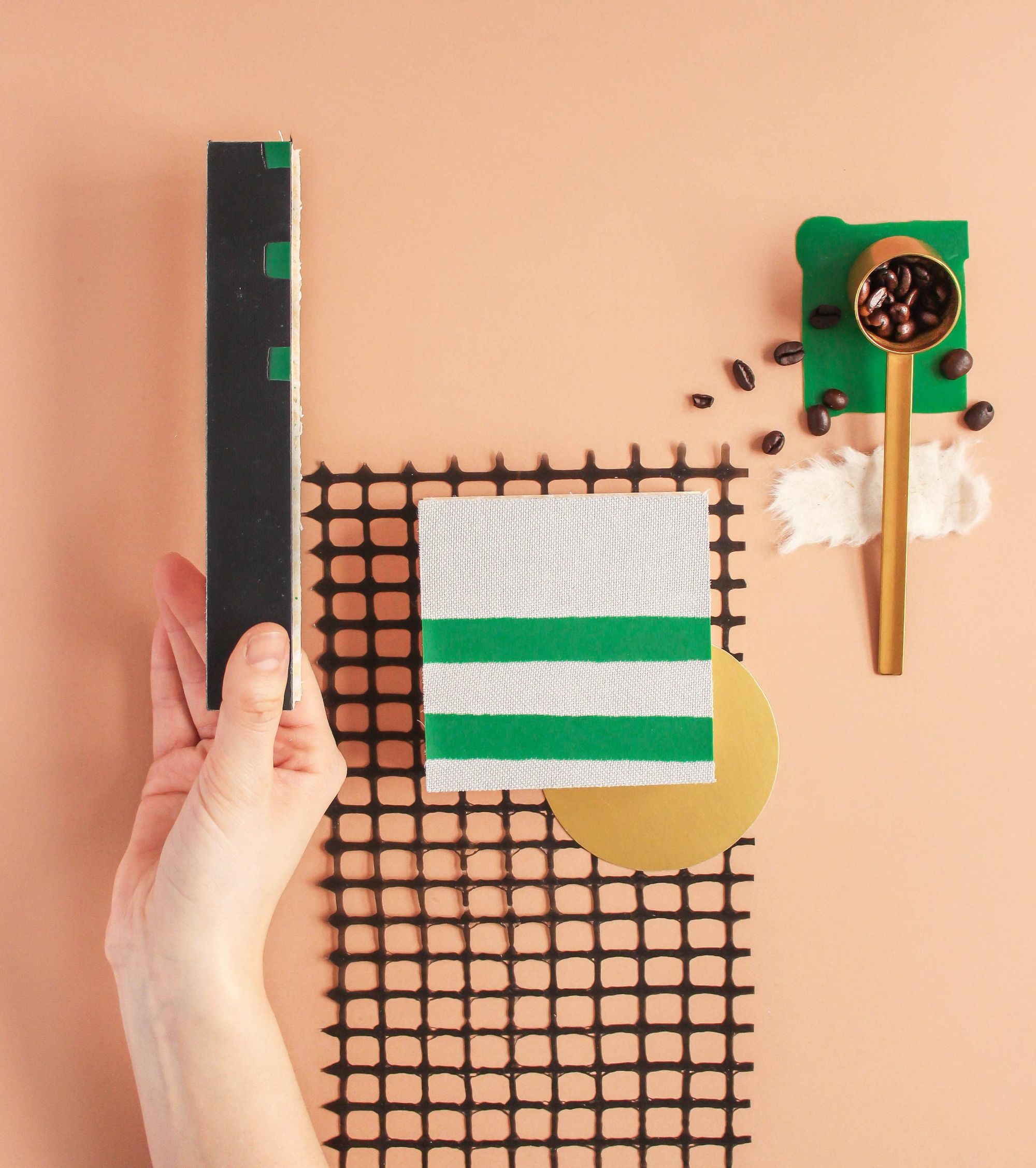
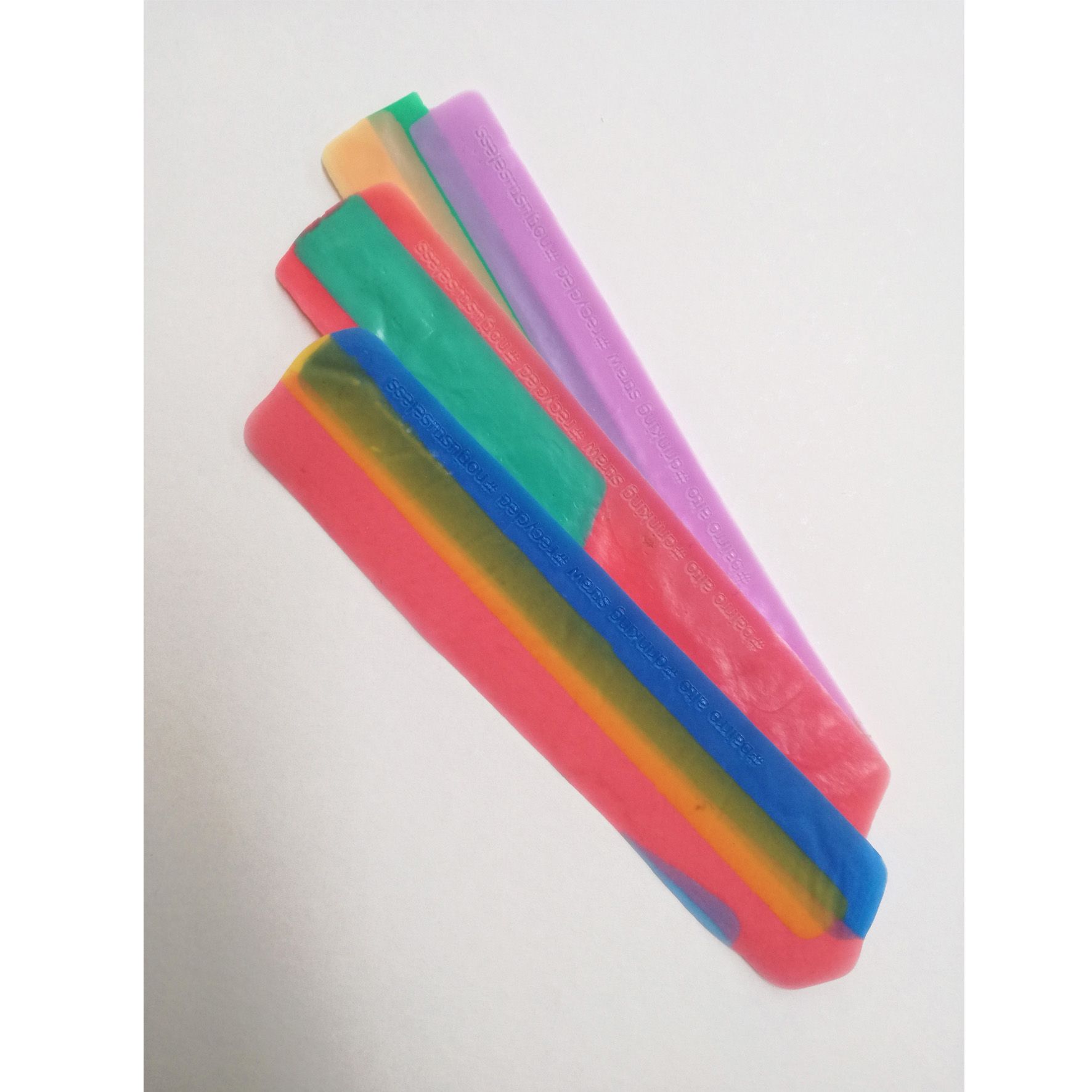
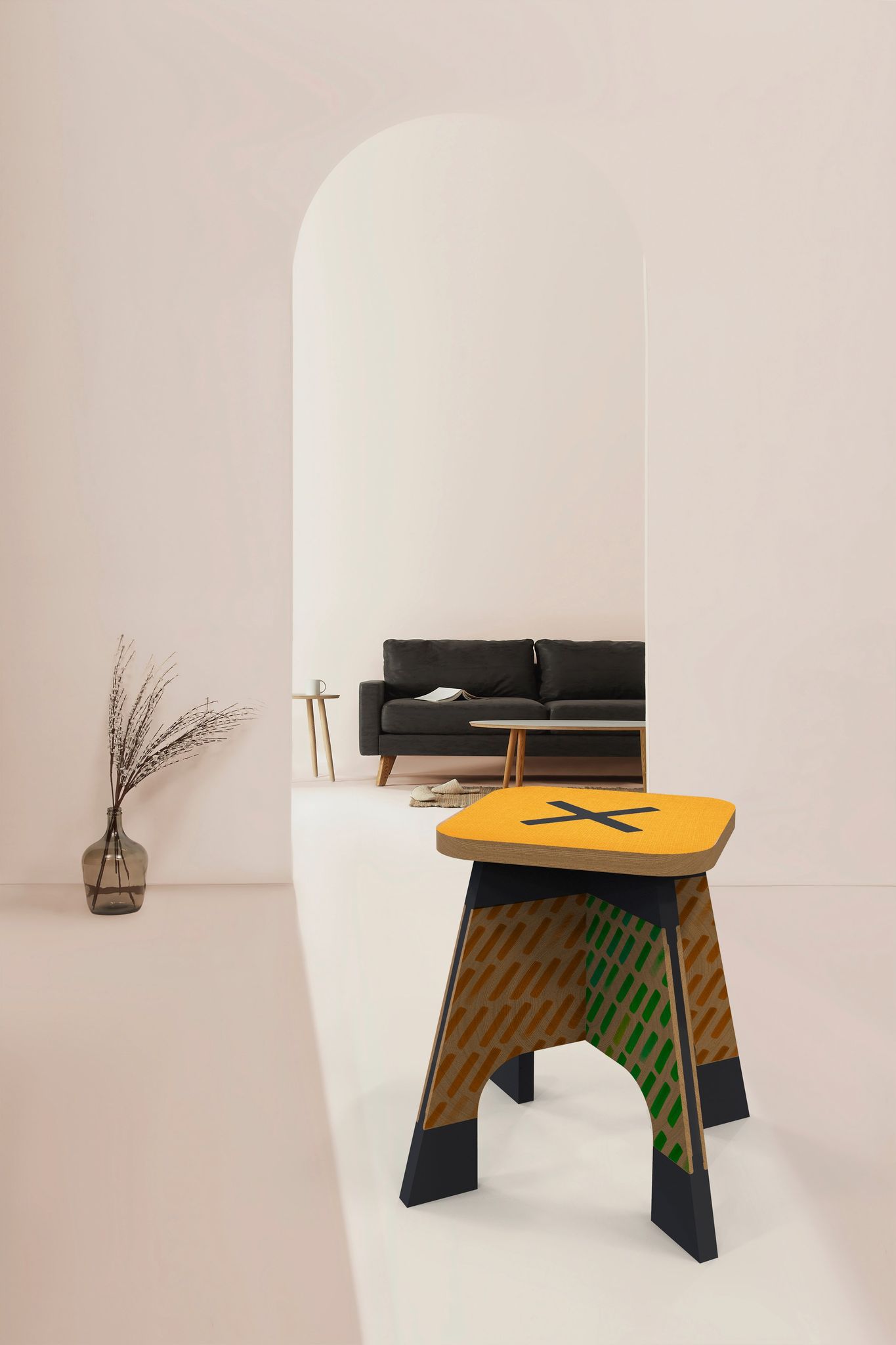
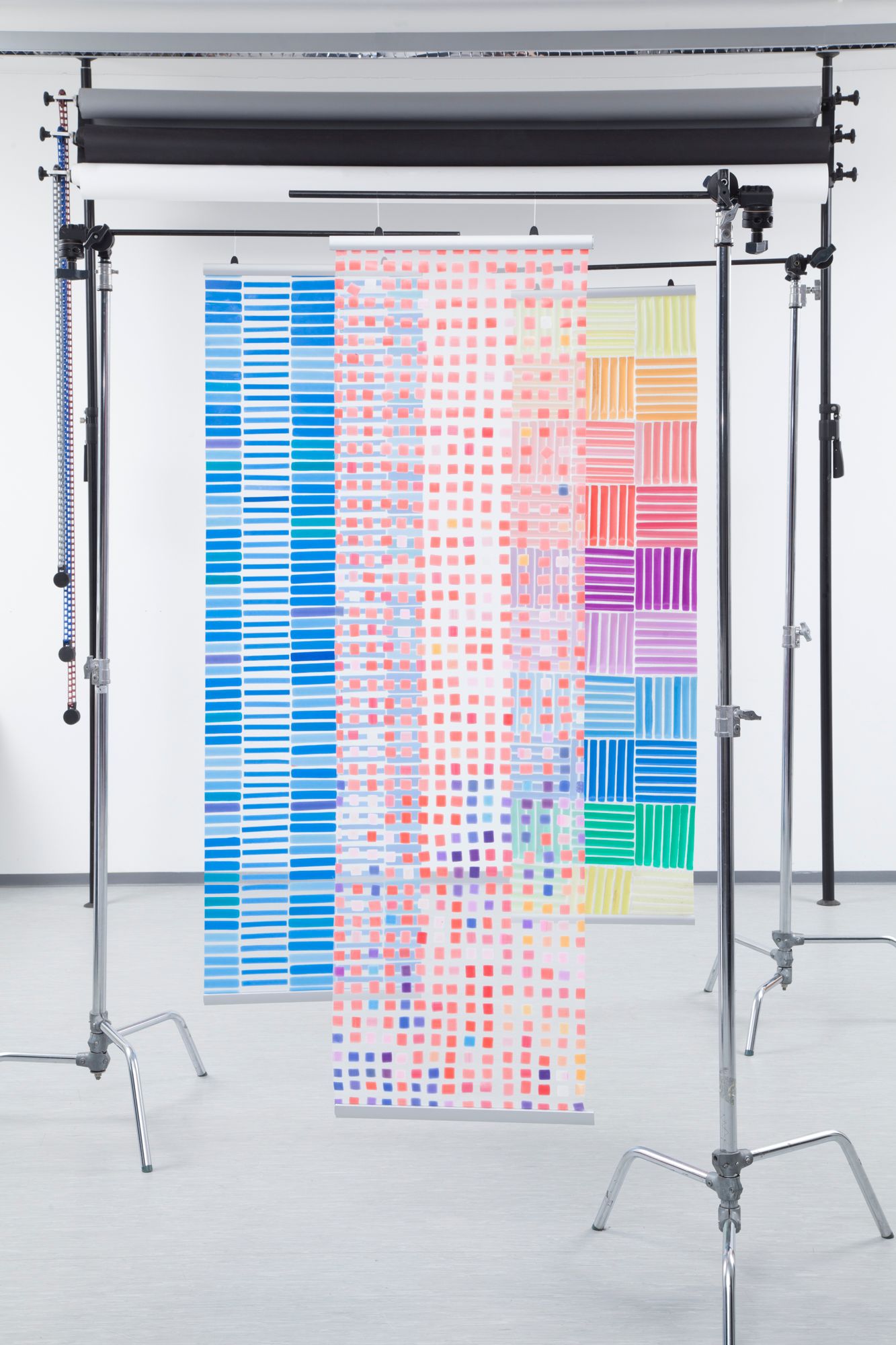
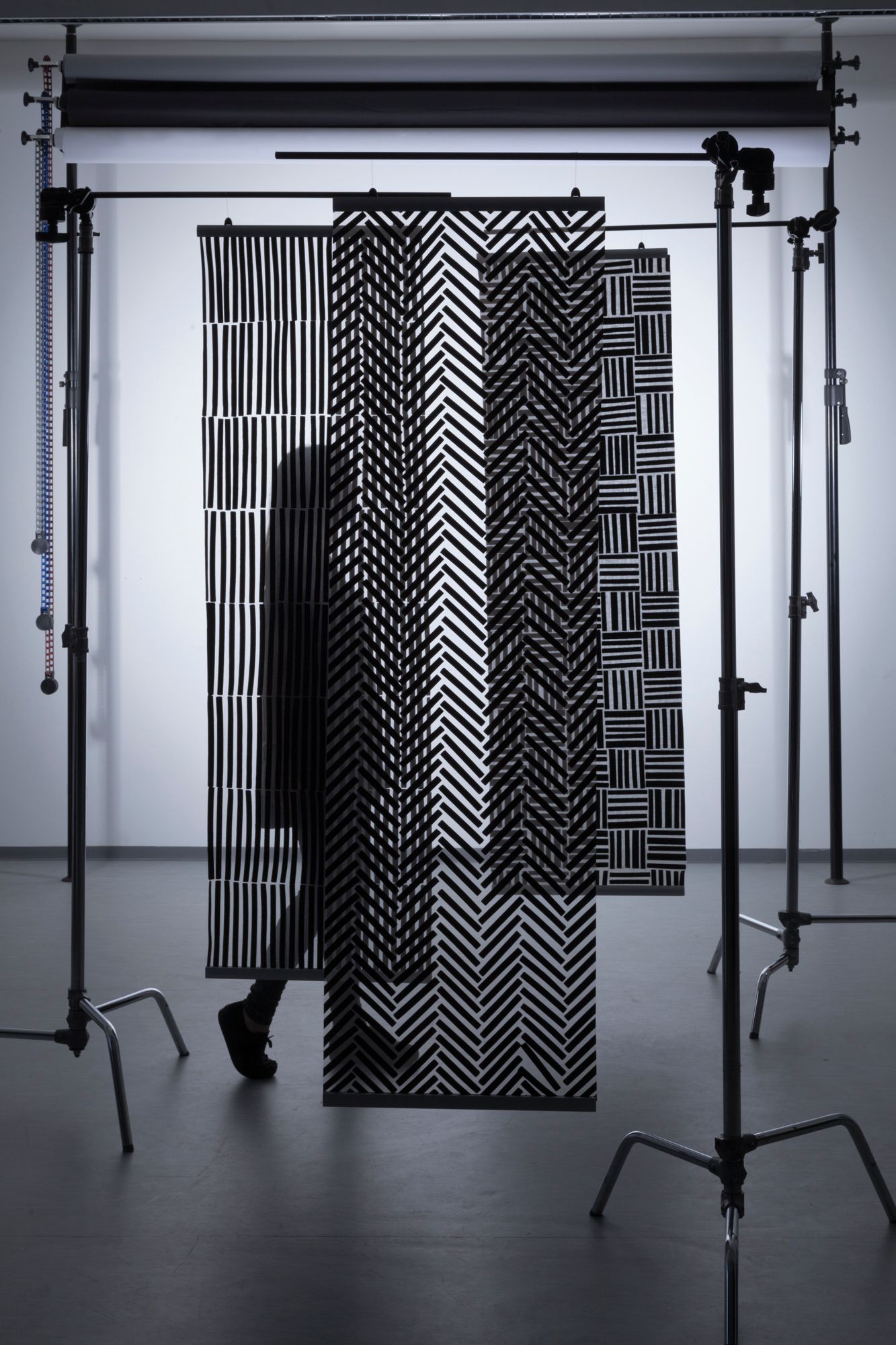
I see it many times in the case of designers who studied textile design earlier that their commitment to sustainability leads them to exciting material experiments, including Greenwerk for example. Can you imagine that in the future we will regularly see recycled materials and the objects made of them on the shelves of stores or do you think initiatives of these kind, including your project, will remain experimental, or limited-series products?
I find the work of Greenwerk very exciting and inspiring. I firmly believe that the future lies in reinventing our materials. Personally I do not imagine products made of recycled materials on the shelves in the future by all means. We are laying new foundations for the notjustuseless project at the moment, too. By preserving the basic concept, that is our open attitude towards materials, we would like to orient towards more natural directions and reincarnate under the name studio atlyn. It’s a fact that the majority of the similar projects only have an “eye-opening” effect, the road towards production lines is a much longer one. Even though obviously mass production and sustainability are quite contradicting terms.
Do you work on your projects alone or with others?
Both. I like to collaborate with other designers, I think it can give rise to exciting results if different styles and fields are merged and result in something new. For example, I work on the “ease” modular furniture family with Dávid Raffai. Even though it’s just a concept at the moment, we would like to redesign it both in terms of form and material when we have the time. In addition we receive continuous support from the team of Meshlin Zrt. in Győr.
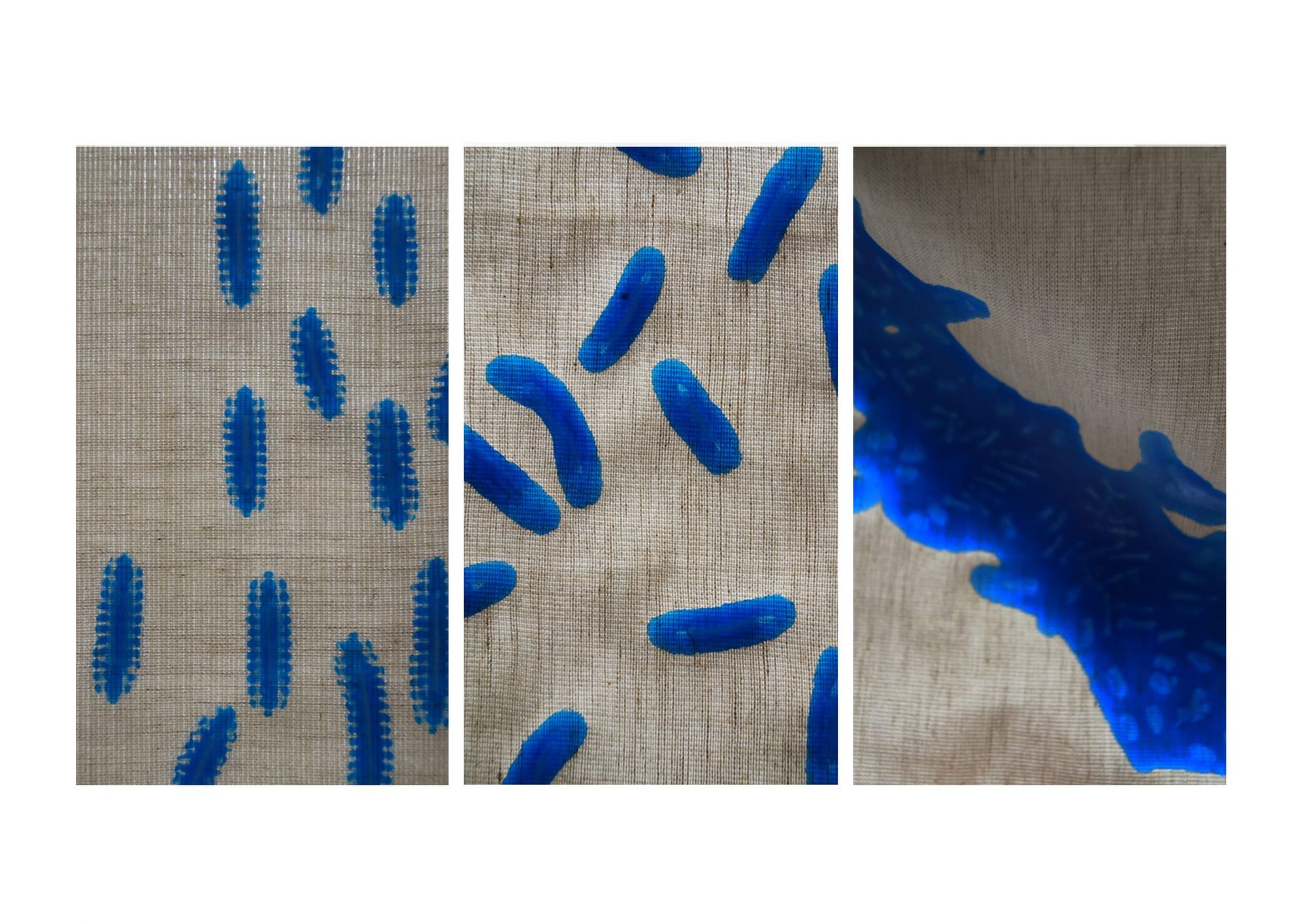
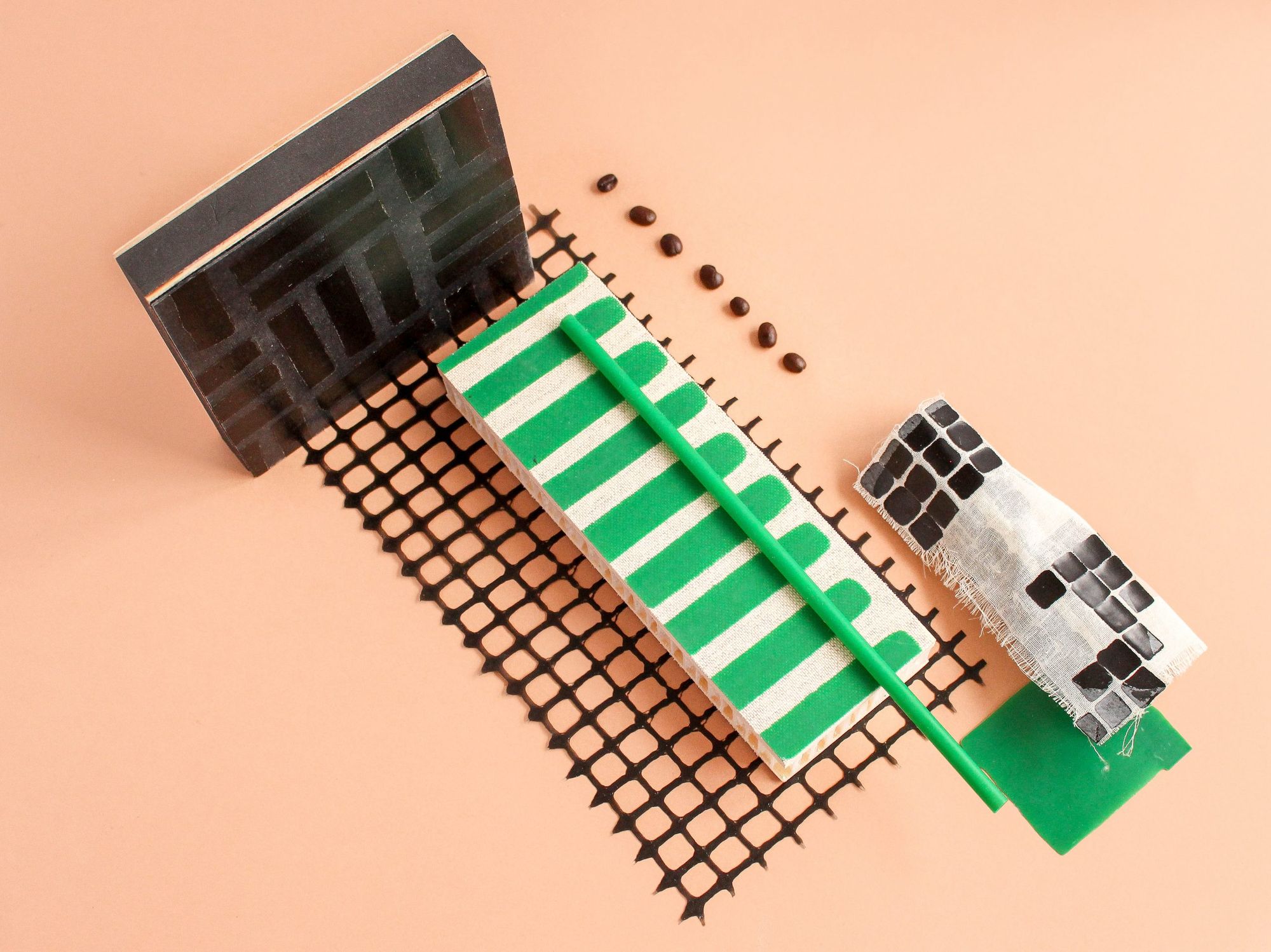

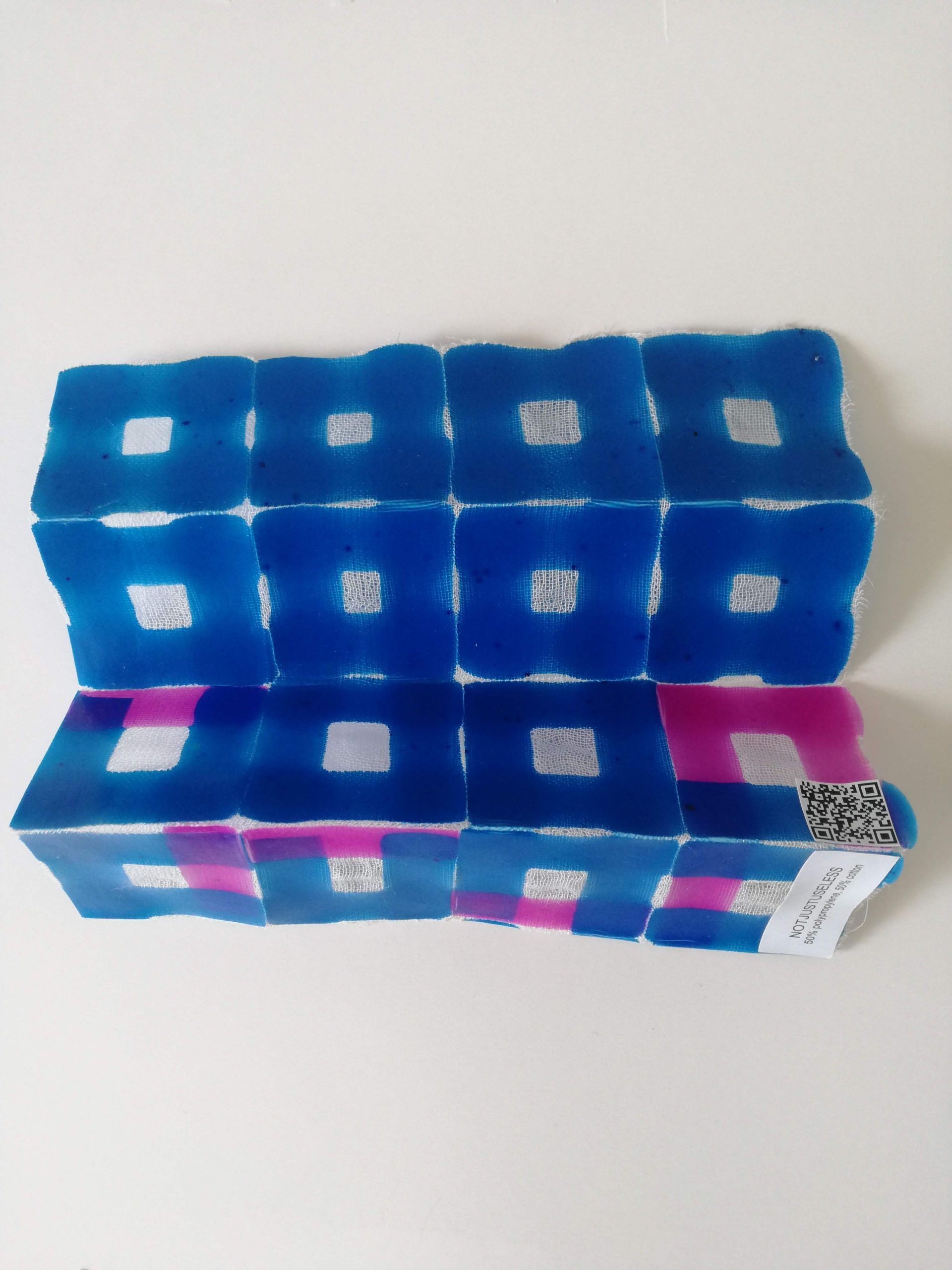
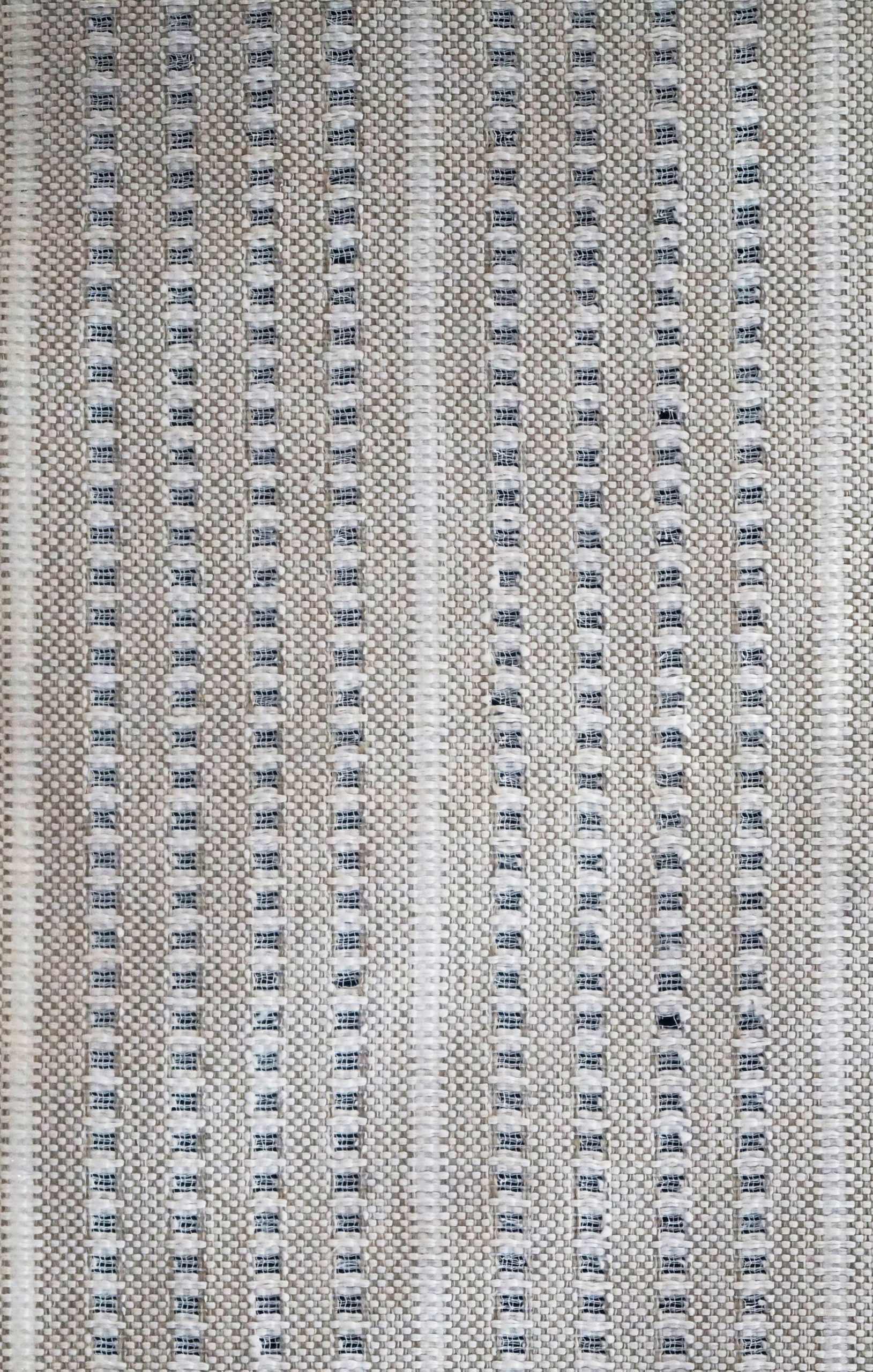

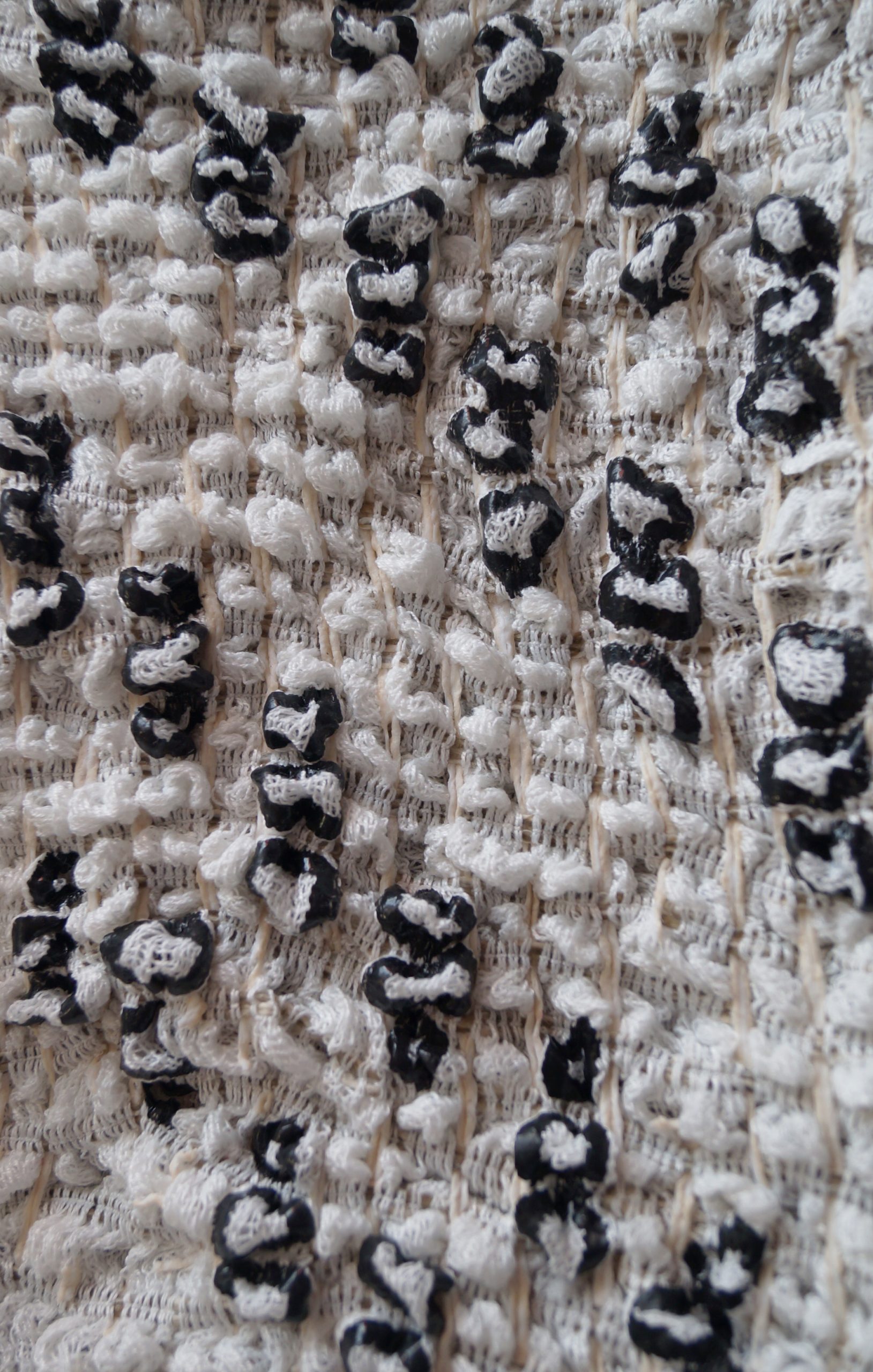
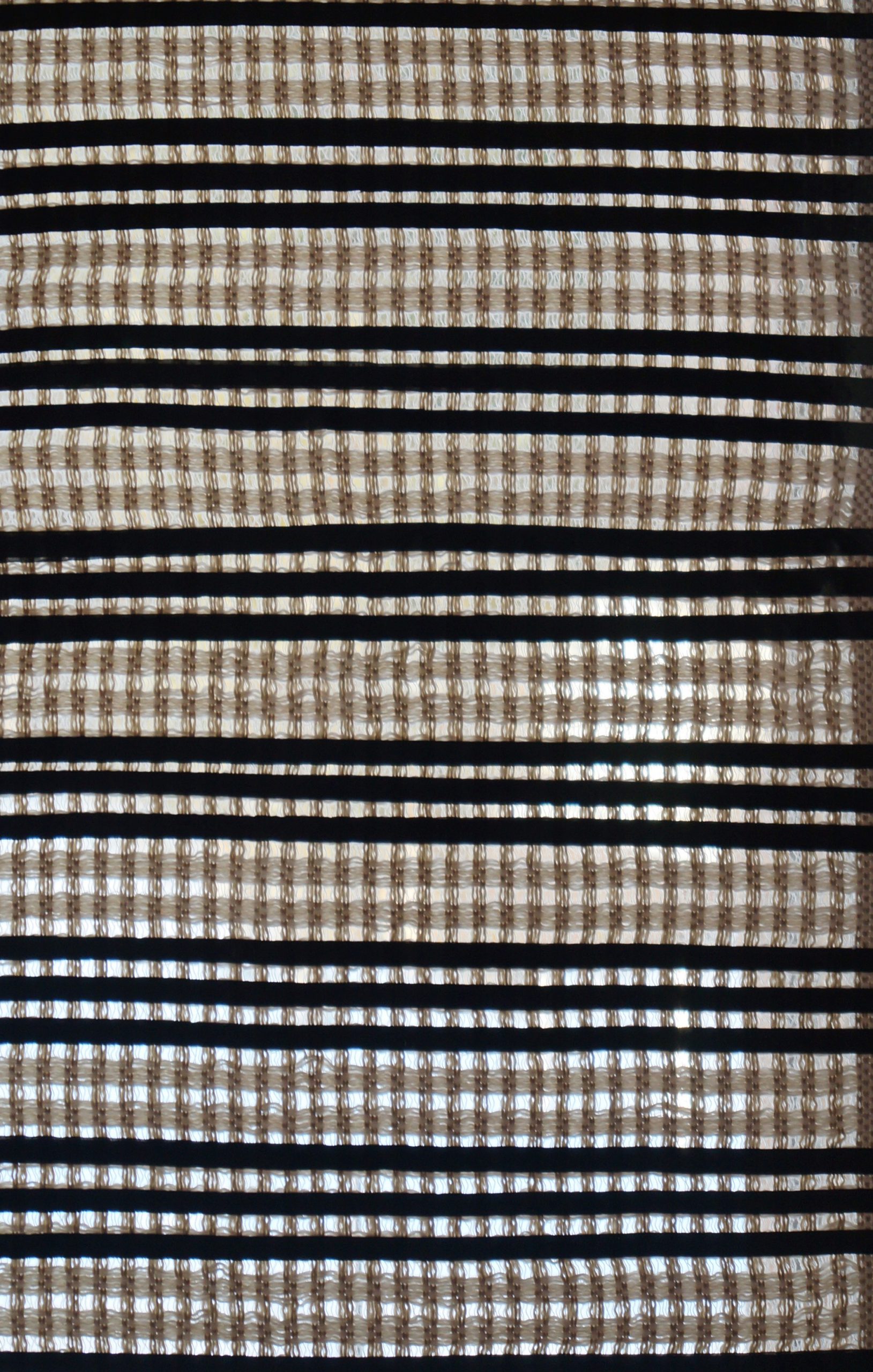
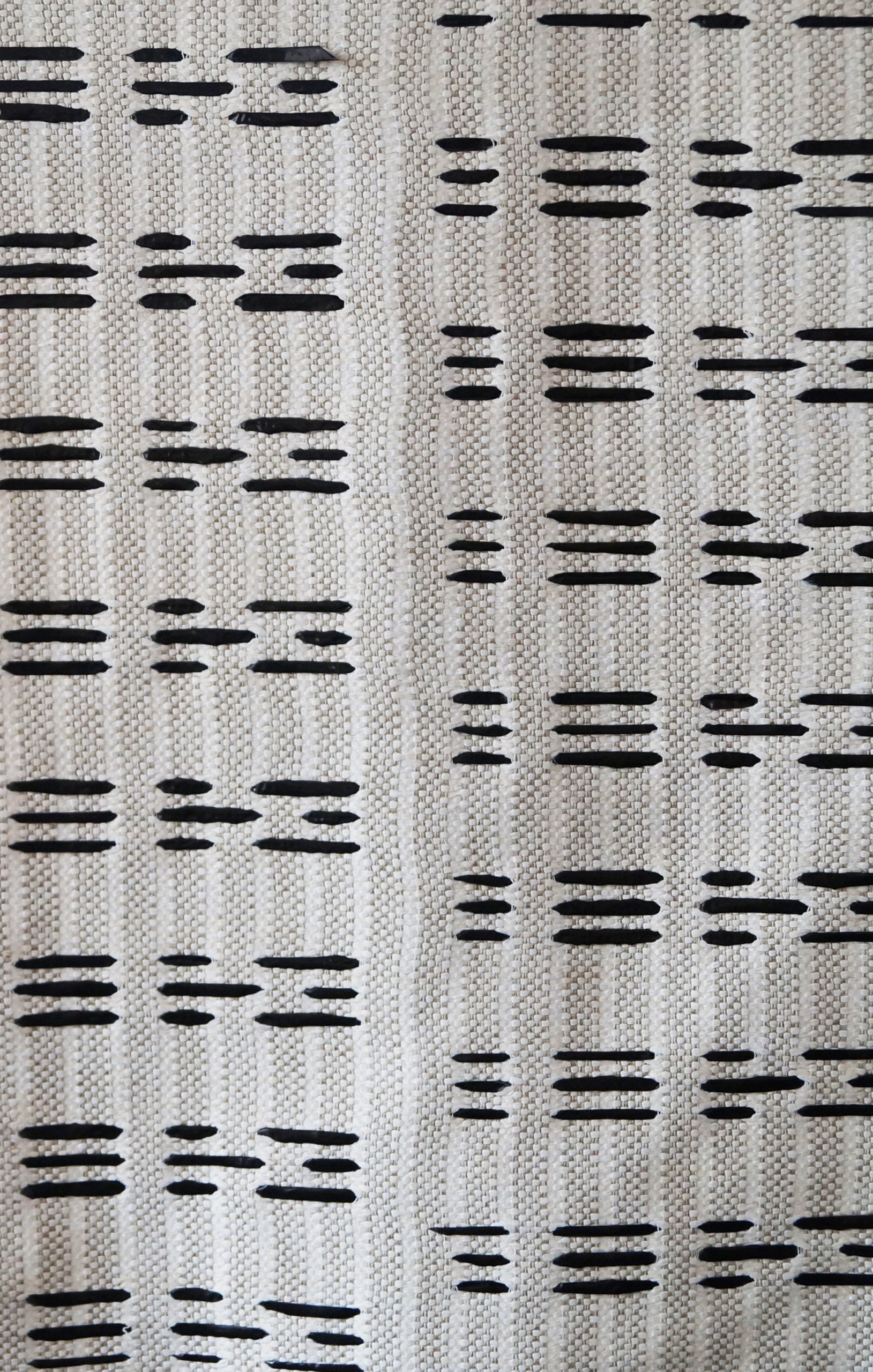
The material of notjustuseless has made it to Material Connexion, the collection point of innovative materials in New York. Some of their material samples can be found on a permanent basis on the shelves of studios in London including Material Lab, Surface Matter or Material Driven. They were invited and exhibited in Italy, at Venice Design forming part of the 2019 Biennale. At the Tallinn Design Week in 2019, the project was exhibited as a part of “Future Materials” in September. It was one of the finalists at „Ro Plastic Price” in the category of Home Textiles, and was exhibited in the framework of the Milan Design Week. The project was also selected as a „Future Proof” interior design material in London, in 2019.
Katalin Huszár / notjustuseless | Web | Facebook | Instagram
asUstrap | Facebook | Instagram

Equestrian center | Sânsimion, Romania

This song gives back the summer we didn’t have this year
